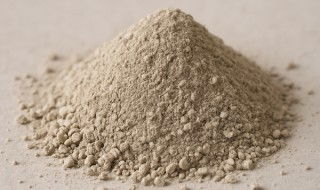A new ‘Extractive Sector Species Protection Code of Conduct’ has been launched by a collaboration between teh European Commission, HeidelbergCement, CEMBUREAU, BirdLife International, European Aggregates Association (UEPG) and Euro Gypsum. The guidelines are deigned to ensure best practice management of temporary habitats as well as during initial quarry extraction and rehabilitation.
The code builds on the provisions of the EU Commission’s Birds and Habitats Directive, and provides a checklist and practical suggestions on how to manage biodiversity. It will help protect and provide temporary homes for amphibians such as natterjack toads and newts that often settle in quarry ponds as well as sand martins that nest and breed in quarry cliffs, due to a lack of suitable river banks.
“Several years ago, we identified the problem that opportunities for nature conservation during the active phase of a quarry were restricted due to legal constraints for unprotected species. This was a missed opportunity for wildlife but also represented a risk for our operations,” said Dr Nicola Kimm, HeidelbergCement’s chief sustainability officer. “So, in 2018 together with BirdLife we set about to find a solution.”
The code will enable extractive companies to plan their biodiversity protection, carry out risk assessments and monitor the impacts of their activities, while protecting them from fines and protecting the local species, flora and fauna.
“The code really acts to guide certain economical activities so that they can actually be in harmony with species protection and the active quarry can support species protection,” said Carolyn Jewell, HeidelbergCement’s senior biodiversity manager.
“This project shows the importance of ensuring a sustainable management of quarries,” said Emmanuel Normant, Euro Gypsum president. “Beyond the useful extensive and useful legislative framework at EU and national level protect species, the commitment from interested parties to go the extra mile and to join forces is what can make the difference.”
kimThe code was signed by Ariel Brunner (senior head of Bird Life Europe and Central Asia), Antonis Antoniuo Latouros (president of UEPG), Rob van der Meer (CEMBUREAU industrial policy maker), Emmanuel Normant (president of Euro Gypsum), and Nicola Kimm (HeidelbergCement’s chief sustainability officer).
A copy of the code can be downloaded here.
